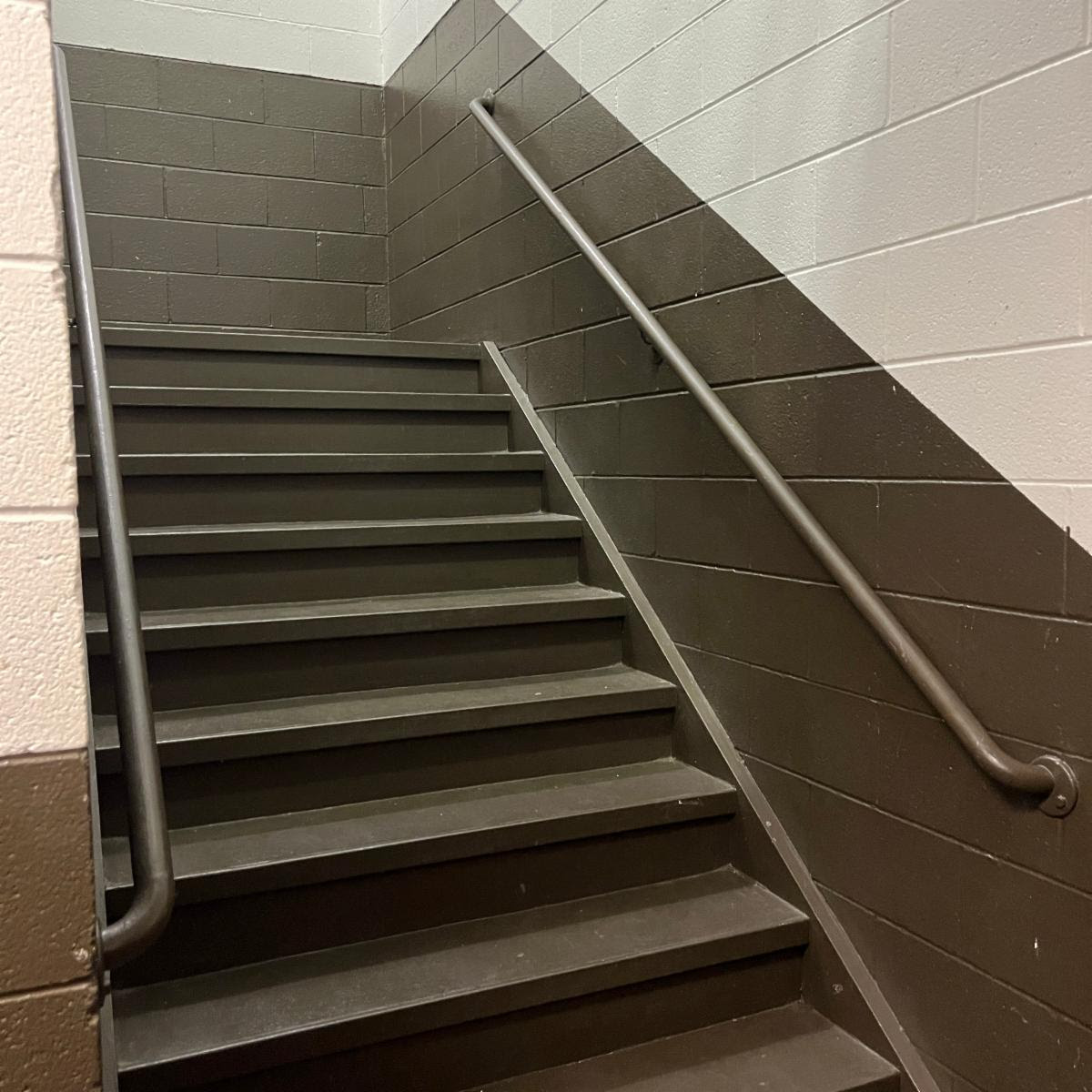Want a Quick Fitness and Longevity Hit? Add This to Your Day
The theme for this week …
Sometimes a simple act can have a big impact. That is true with health and longevity too.
A recent study looked at simply taking the stairs on a daily basis. What they found was mind-blowing! Read on …
Stairs for the WIN!
In many regions of the US and in multi-unit dwellings there are few or no stairs to be had in our homes. This presents both a challenge, and an opportunity.
A new analysis recently shared by NPR “Elevator or Stairs? Your choice can boost longevity” discusses the benefits of taking the stairs.
The benefits noted for stair climbers were:
- Cardiovascular: A 39% lower risk of dying from cardiovascular disease and a lower overall risk of developing cardiovascular disease or suffering a heart attack, heart failure, or having a stroke. This was based upon 5 flights of stairs per day.
- Leg Strength: Going up and down stairs promotes strength in the big leg muscles.
- Use it of lose it: Cardiovascular risk increased once participants stopped using the stairs.
- Mortality: A 24% reduced risk of dying. This was based upon 7-10 flights of stairs per day.
About the study
The 2024 European research was an analysis of prior studies which included:
- Over 480,000 participants, with a fairly even split between males and females.
- The study period was 12 years.
- Ages 35-84 were included.
- Health, as well as individuals with cardiovascular disease were included.
Finding ways to do more stairs
The findings of this analysis are great if you already do stairs. If you don’t, here are a few ways to put doing stairs back into your daily activity:
- If your home has stairs, you are likely doing enough already. If not, start going to a different floor to use the bathroom instead of the handy powder room.
- In a ranch home you will have to go elsewhere to get your stair workout in. A library, office, or fitness facility are all good candidates. Parking garages (done safely) are also a good option.
- Condo and apartment dwellers usually have a stairs option in addition to an elevator. Use the stairs when you get your mail as an easy new habit.
If pain or safety concerns make you hesitant to add stairs, keep reading to learn how Bridging® may be able to help.
Insight of the Week from Cara
Stairs and safety go hand in hand. Often people living in single story dwellings have moved there to minimize the need to navigate stairs.
My condo building has an elevator and stairways. I usually take the stairs in order to keep my legs and endurance capacity up.
Since moving the office to the first floor last year getting my extra flights of stairs takes more effort. I often will go upstairs to use the Ladies Room explicitly to get more stairs in each day (shown in the photo above).
How do you get your stairs in each day?
But what can you do when stairs are not easy, or not safe?
No matter our age, safety is the prime factor for any activity.
- Environmental: If your home has stairs, here are tips for safety-proofing which include lighting, handrails, and anti-slip coverings.
- Balance: To get a quick insight about your general balance reactions, you can do our self-assessments. If any aspects are challenging, a formal balance evaluation may be in order.
- Pain: Pain when putting weight directly onto a knee or foot can limit your desire to take the stairs. If you’ve had this checked out, Bridging has a different perspective and can often help.
How Bridging® can help
The multi-dimensional demands of stepping up or down involve many parts of the body shifting differently together, much like a well-tuned orchestra.
There certainly are exercises you can do to improve leg strength, balance and cardio capability. When it comes to fine-tuning the transitions, Bridging® is uniquely able to pinpoint the system glitches.
Why is Bridging® different?
This fast help comes from two factors:
- Problem-solving: Taking the time to find the root cause of why you have a hard time with stepping up or down. It might be a long-forgotten injury!
- Muscle reset process: The gentle rocking and stretching motion of Bridging resets your muscle memory allowing you to move more confidently.

